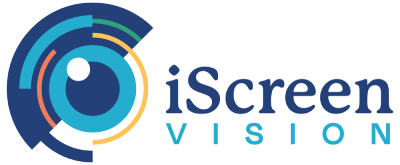Yes. AAP, AAO, AAPOS and AACO had this to say, among other things, in the joint statement: “Photoscreening uses optical images of the eye’s red reflex to estimate refractive error, media opacity, ocular alignment, and other factors, such as ocular adnexal deformities (eg, ptosis), all of which put a child at risk for developing amblyopia. Photoscreening instruments, which assess both eyes simultaneously, have been found to be useful for screening children, and their output is interpreted by operators, by a central reading center, or by computer.” iScreen Vision uses a central reading center to interpret, or analyze, its photoscreening images. The statement also said, “Both photoscreening and autorefraction offer hope in improving vision-screening rates in preverbal children, preliterate children, and those with developmental delays, who are the most difficult to screen.”
Join more than 1,000 pediatricians in improving patient outcomes with iScreen Vision.
